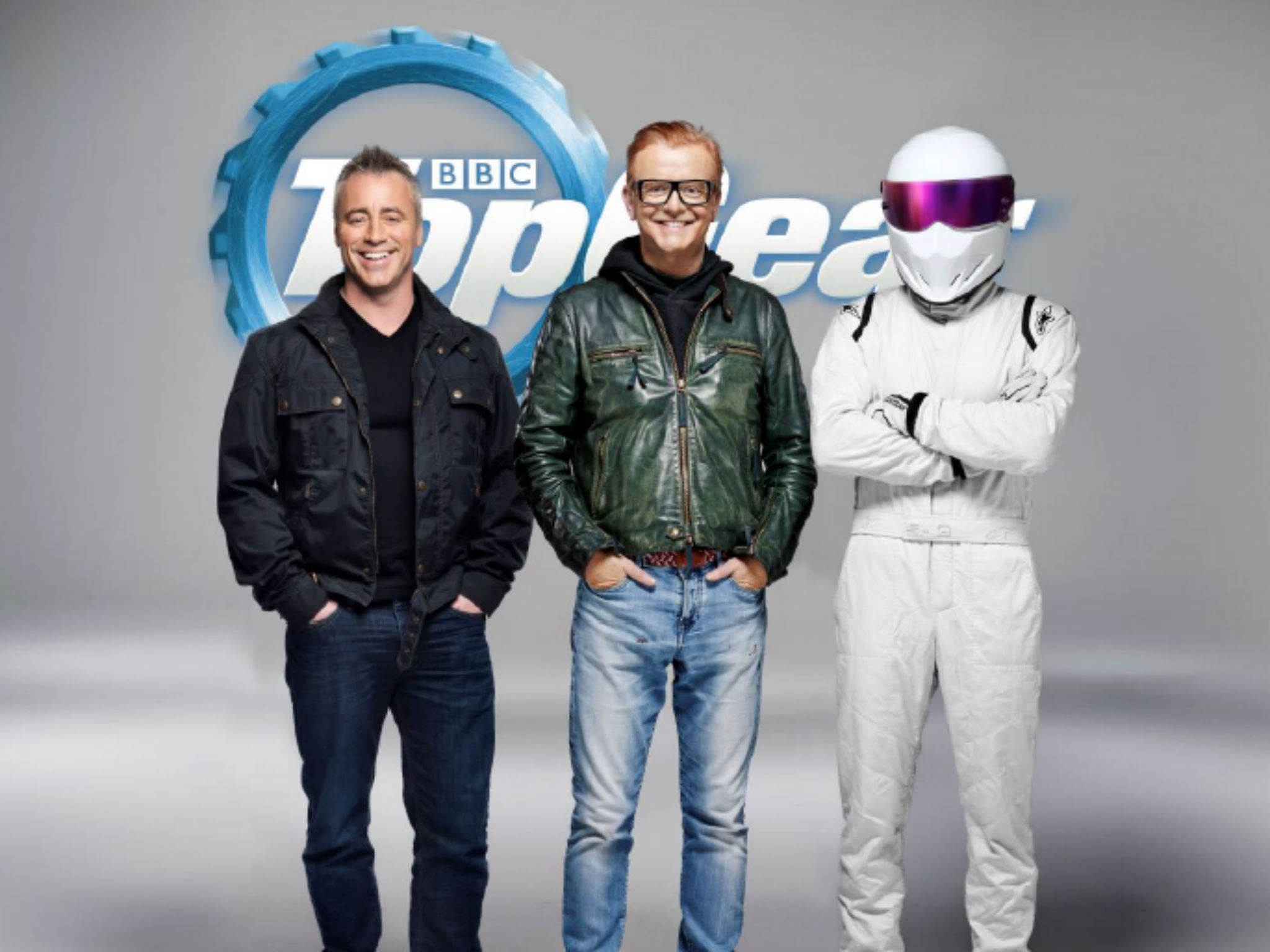Car sickness: The scientific way to beat nausea while travelling
Take note, Matt LeBlanc

Your support helps us to tell the story
From reproductive rights to climate change to Big Tech, The Independent is on the ground when the story is developing. Whether it's investigating the financials of Elon Musk's pro-Trump PAC or producing our latest documentary, 'The A Word', which shines a light on the American women fighting for reproductive rights, we know how important it is to parse out the facts from the messaging.
At such a critical moment in US history, we need reporters on the ground. Your donation allows us to keep sending journalists to speak to both sides of the story.
The Independent is trusted by Americans across the entire political spectrum. And unlike many other quality news outlets, we choose not to lock Americans out of our reporting and analysis with paywalls. We believe quality journalism should be available to everyone, paid for by those who can afford it.
Your support makes all the difference.Top Gear has a new presenter. Former Friends star Matt LeBlanc is to join the new incarnation of the world famous motoring show.
But once the excitement subsides, he will face the prospect of a peril many motorists must contend with: car sickness. Only recently, after all, LeBlanc’s co-presenter Chris Evans was reportedly left looking a little “car sick” after filming a segment for the show.
Whatever the truth of the matter, it would hardly be a surprise if the presenters did occasionally feel a bit icky after zooming round a racetrack in a performance car. Many of us get travel sick – some of us even on a gentle drive down to the shops.
There are many theories to explain the cause of this unpleasant condition – and the most accepted is the conflict theory. This theory explains a mismatch between the signals that reach the brain from different sensors in the body.
A person in a speeding car, for example, may see the movement with their eyes as the landscape flashes by. However, the sensors in the joints (proprioreceptors) and in the inner ear (the vestibular apparatus) involved in balance might feel the movement differently, sensing that the person is seated and static – and hence send a conflicting signal to the brain.
Alternatively, you could be reading a book or looking at the interior of the car, which is mostly still, while the sensors in the inner ear might sense motion as the car moves up and down hills or goes around the corners. Again, mixed messages will result.
Either way, these conflicting signals go into an area of the brain – the area postrema – which is responsible for inducing vomiting responses when toxins are ingested or when there is a conflict between the sensory inputs from the inner ear and the visual system. As a result, the most common symptoms of motion sickness are dizziness, fatigue and nausea, which in some cases will lead to vomiting.
What can you do?
It is unclear why some individuals experience motion sickness while others don’t, but the integrity of the inner ear certainly plays a crucial role as deaf mutes do not experience any travel sickness. Motion sickness is also more common in children, pregnant women and people who suffer from migraines. Most children grow out of it.
If you are a sufferer, there is hope. Keep your body and, in particular, your head as still as possible. It is better to sit in the front of a car, to keep the car window open and perhaps rest your head on a pillow to minimise movement. Do not let the car get too hot, as heat can aggravate the symptoms, and avoid reading, playing computer games or watching videos, which may add to the conflicting signals.
Instead, try to stare at a fixed point above the horizon, not down at the floor. Closing your eyes and sleeping can help. You should also avoid travelling on a full stomach – in particular, fatty and spicy foods won’t help. Make sure you have breaks during your journey. Deep breaths of fresh air will also alleviate the symptoms.
Many people find that they are less likely to feel car sick if they are driving. For some individuals, this may be because the mind is occupied and sensory signals are less likely to be conflicted.
Is there a magic pill?
Travel sickness tablets, such as Hyoscine, can greatly help – and are available over the counter. Hyoscine patches are also available. If you’re doing the driving, however, be aware that they can make you sleepy. Antihistamines, such as cinnarizine and cyclizine, can also help. Always consult a doctor before taking medication.
Some individuals prefer to use complementary therapies although their effectiveness is not fully proven. Acupressure is widely touted as a way to deal with motion sickness, but the scientific evidence for its usefulness is sketchy at best.
Ginger is thought to help with nausea caused by motion sickness and pregnancy, while others swear by drinking cold Coke. Unfortunately, the only sure way of dealing with car sickness, however, is to walk. Sorry, Mr LeBlanc.
Farideh Javid, Senior Lecturer in Pharmacology, Pharmacy, School of Applied Sciences, University of Huddersfield
This article was originally published on The Conversation. Read the original article.
Join our commenting forum
Join thought-provoking conversations, follow other Independent readers and see their replies
Comments